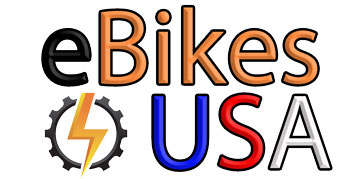EBIKES FOR SENIORS
EBIKES SAFETY AND REGULATIONS
EBIKE ADVENTURES
Family Electric Bike Adventure: Idaho’s Hiawatha Trail
Family Ebikes
Top Family e-Bikes in the USA: Your Complete Guide
Best Cargo and Long-Tail Family e-Bikes for Your Needs
EBIKE Maintenance
Mountain eBikes
URBAN EBIKES
Legal Notice
As an Amazon Associate ebikesus.com earns from qualifying purchases. ebikesus.com also participates in affiliate programs with ShareASale and other sites. ebikesus.com is compensated for referring traffic and business to these companies.















Recent Comments